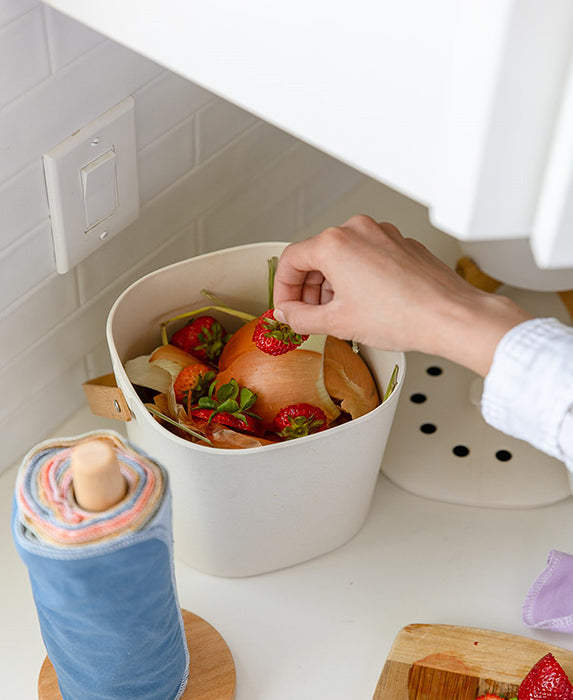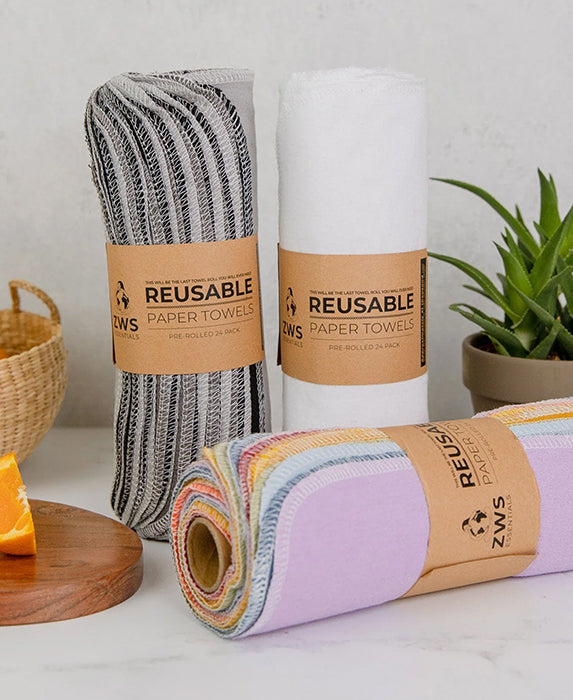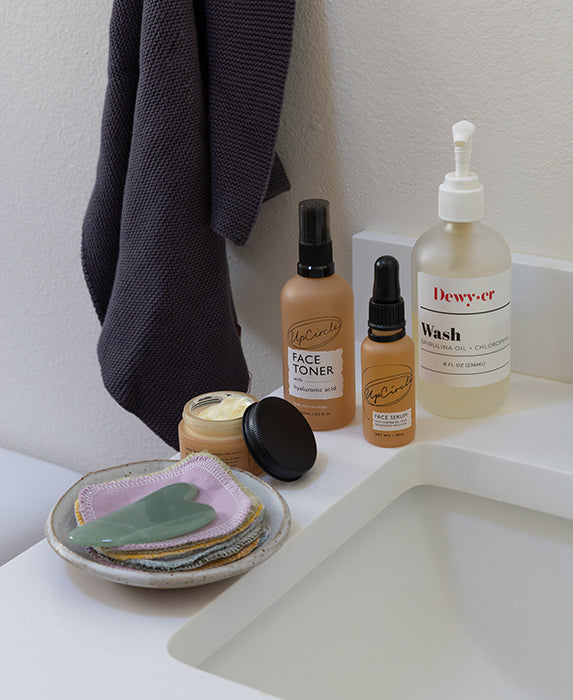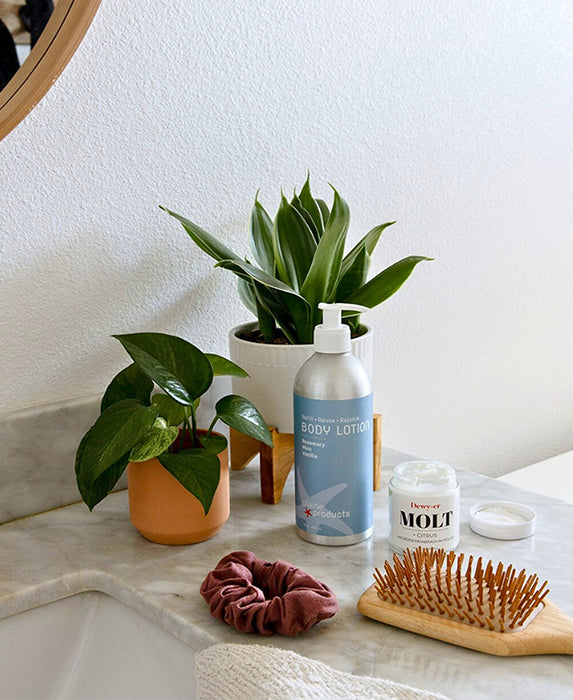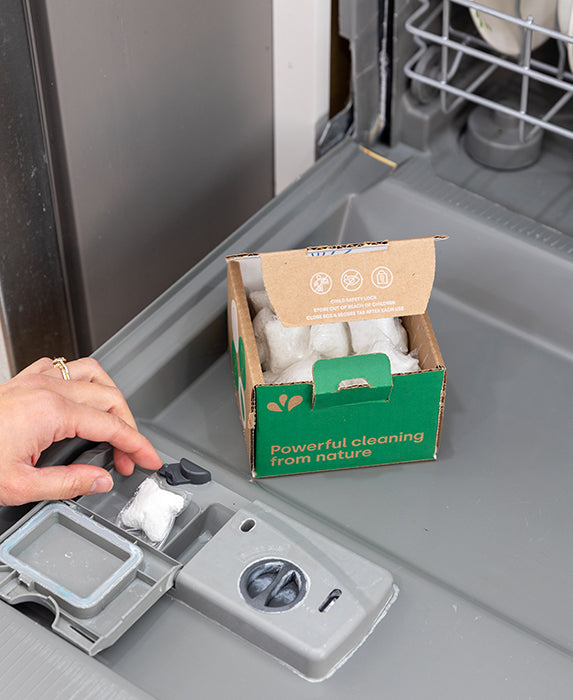Under the Nile
Way ahead of the organic curve, Janice and Mohamed Mosoud knew there had to be a clean, safe alternative to baby products in 1988. They were inspired to find safe, clean alternatives for her two daughters' sensitive skin.
The organic concept was practically unheard of in the U.S at the time, but with a background in fashion and over 15 years of experience in the garment industry, Janice set out to create her own solution. The more she searched for better materials, the more she discovered how necessary Under the Nile would come to be for babies everywhere and for our planet.
Janice's husband Mohamed, originally from Egypt, would serve to be their connection to the perfect location to source their cotton. Egyptian cotton, the best in the world, would become the main material for all Under the Nile products. Their high standards and unwillingness to compromise led them to find the Sekem Initiative - a sustainable community that is based in Egypt's deserts. This community now provides the home for the biodynamic farm that produces all of Under the Nile's organic materials.
The organic concept was practically unheard of in the U.S at the time, but with a background in fashion and over 15 years of experience in the garment industry, Janice set out to create her own solution. The more she searched for better materials, the more she discovered how necessary Under the Nile would come to be for babies everywhere and for our planet.
Janice's husband Mohamed, originally from Egypt, would serve to be their connection to the perfect location to source their cotton. Egyptian cotton, the best in the world, would become the main material for all Under the Nile products. Their high standards and unwillingness to compromise led them to find the Sekem Initiative - a sustainable community that is based in Egypt's deserts. This community now provides the home for the biodynamic farm that produces all of Under the Nile's organic materials.


Under the Nile
Under the Nile is strongly committed to providing the highest quality organic baby products, at affordable prices, in a manner that is socially responsible and sustainable. Their toys aren't only made with these values, but they also aim to instill positive values in children's minds as well. Many of their toys are created with learning in mind. They follow guidelines and philosophies including the Waldorf school principles of coordination through pretend and imitative play. Their fruit and veggie and Jack and Jill Dolls, for example, provide perfect platforms for creative learning and healthy habit building.
In addition to instilling positive habits in your little ones, Under the Nile's Fruit and Veggie centric toys contribute to Under the Nile's 13 Villages Project. Created by Janice herself, the project empowers women in thirteen rural villages in Egypt by providing them work that's safe, fair, and in the comfort of their own homes. Providing vocational training, health and dental care, and continued education, this project continuously contributes to the well-being of anyone involved. Now, each of these adorable and completely organic (inside and out) fruit and veggie plush toys are made by women in each of these villages.
Under the Nile turns to their own biodynamic farm called the Sekem Initiative to produce all of their GOTS Certified Egyptian Organic Cotton, palm fronds, and trees. It doesn't stop there, however. The Sekem Biodynamic Farm community is also home to the Fair Trade NatureTex Factory. This factory is where Under the Nile sews and weaves its goods and works directly with Fairtrade International in an effort to provide sustainable solutions and create better work environments. NatureTex works to offer safe and clean working conditions, fair wages, healthcare, childcare and promotes gender equality and diversity. Workers also benefit from daily farm-to-table meals created from organic crops grown on the farm.
Under the Nile is always looking for ways to improve their system. Their ‚Scrappy Toys Collectionis a great example of how they are fighting waste in their own system. This collection utilizes leftover scraps from clothing production to create unique, colorful toys!

